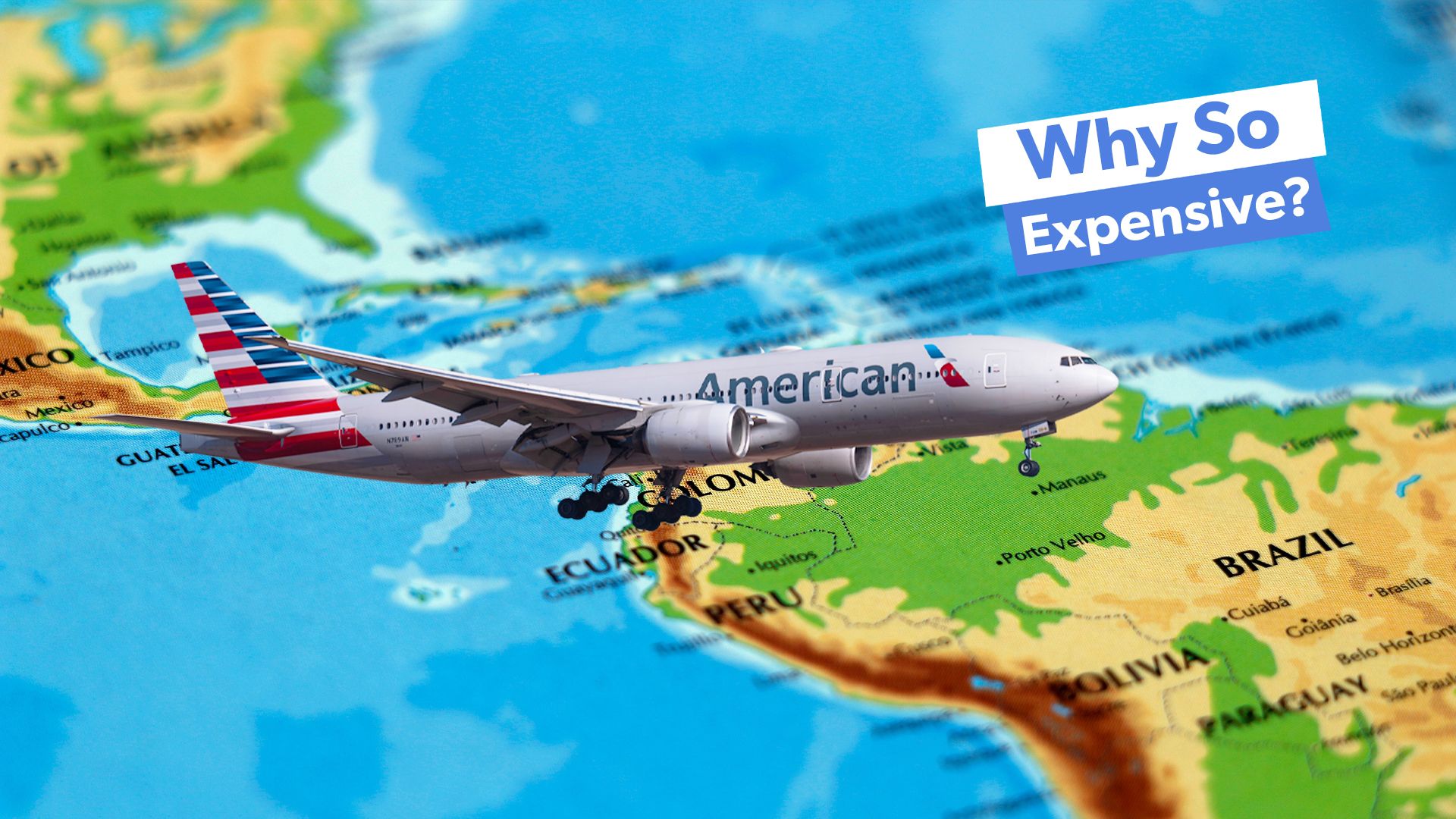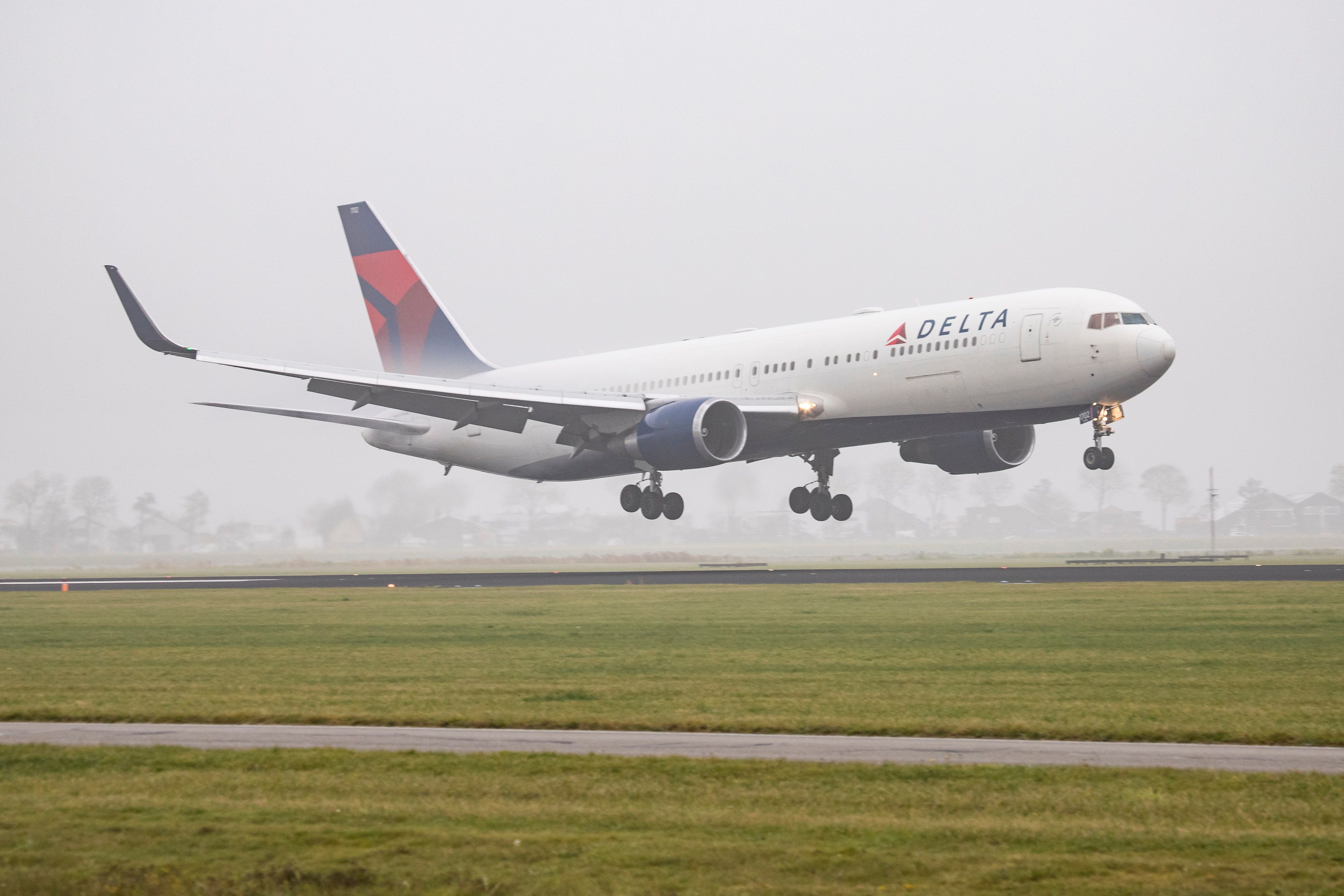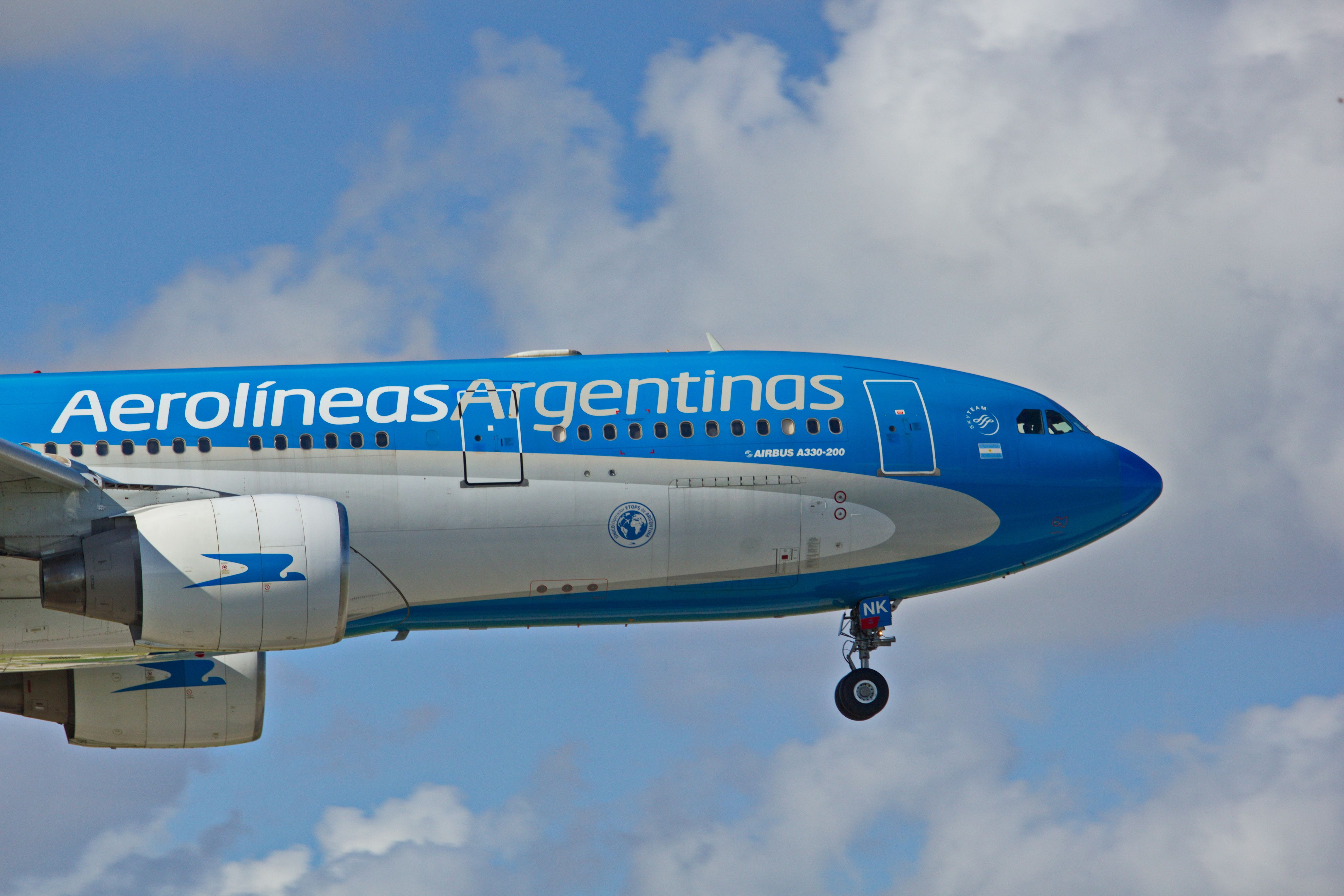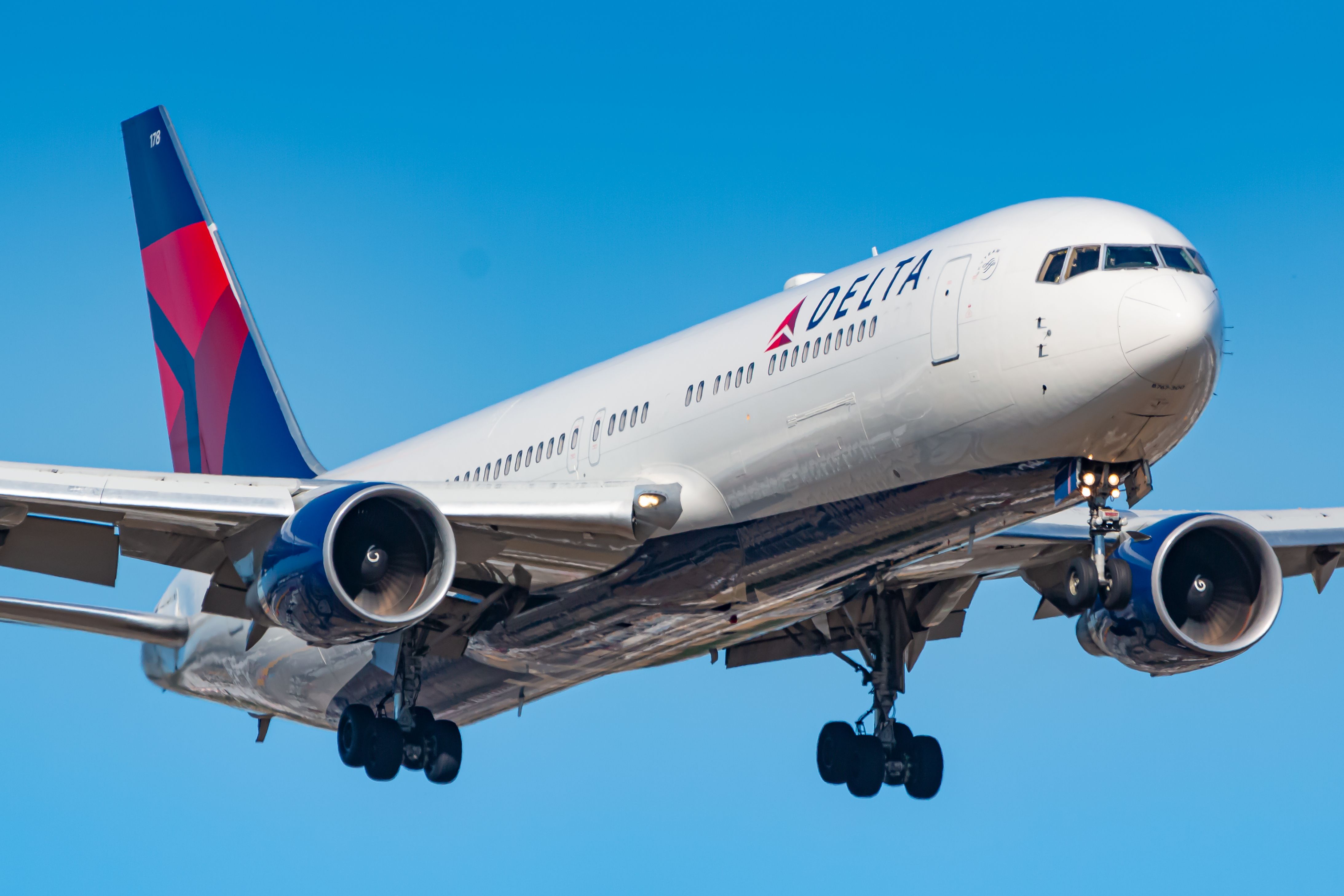Summary
- Flights from the US to Southern South America are expensive due to scheduling difficulties.
- Some airlines have adjusted flight schedules to reduce idle time, but this can lead to inconvenient arrival times for travelers.
- Airlines utilize cheaper labor costs in South America for maintenance operations, which can help lower airfares.
Last year, Delta Air Lines announced the latest piece of its winter long-haul Latin America network, a seasonal flight from New York’s John F Kennedy International Airport (JFK)
to Buenos Aires’s Ministro Pistarini International Airport (EZE). If one hopes to visit Argentina for the Christmas holiday, as many do, the fares on this route are truly mind-boggling. Departing on Friday, December 22nd, 2023, (the first day most working people can leave for the holiday break) and returning a week later on December 29th, an economy-class ticket on this route sold for over $4,000 roundtrip.
Photo: Nicolas Economou | Shutterstock
Meanwhile, a flight from Los Angeles International Airport (LAX) to London Heathrow Airport (LHR) during the same period featured business class
tickets for the carrier’s Delta One suites for just over $4,500. Thus, why is it the case that for a flight of roughly the same length, economy-class prices to South America are often comparable with business-class flights to Europe? Overall, what overarching factors cause direct flights from the United States to Southern South America to be so expensive? The answer is far more straightforward than one might expect.
The key issue at hand
The challenge that makes flights from the United States to Southern South America so unaffordable is the incredible difficulty in scheduling such journeys. Currently, every airline flying from the US to Buenos Aires flies overnight. Using Delta’s flight from New York to Buenos Aires as an example, we see that the departing leg took off from JFK at 8:50 PM, arriving the following morning at 10:00 AM. On the return journey, the flight took off from EZE at 10:10 PM and touched down back in New York at 7:05 AM.
Photo: HMBSoFL Photography | Shutterstock
Here, we can immediately notice the primary issue with this flight: Delta’s Boeing 767-400ER
sat idle on the apron in Buenos Aires for a full 12 hours, making the carrier no money whatsoever. Therefore, when pricing these flights, the airline must account for the opportunity cost of leaving the aircraft on the ground in South America for an entire day.
What are some potential ways around the problem?
There are, however, some ways in which airlines have attempted to reduce operational disadvantages with long-haul South American flights. One solution that has come to mind is making adjustments to traditional overnight flight schedules to help diminish aircraft underutilization.
Photo: Lukas Wunderlich I Shutterstock
![]() Aerolíneas Argentinas
Aerolíneas Argentinas
had attempted to adjust its EZE-JFK flight schedule, with flights arriving in New York at 9:30 AM and departing earlier at 3:25 PM. While this required the aircraft to sit idle for only six hours instead of twelve, return flights arrived in Buenos Aires at 3:25 AM, which for many travelers, is rather unideal. And it turns out that, in the end, travelers agreed.
For many years, the Argentine flag carrier had struggled to nail down the ideal combination of flight timing and frequency for this route to the New York area, which faced heavy competition from American Airlines and Delta Air Lines. Just this past April, Aerolíneas Argentinas announced that it would finally cancel its services to New York City, amid heavy financial losses. The Skyteam carrier is not the first airline to withdraw from the New York-Buenos Aires market in recent memory, with United Airlines canceling its service to the South American capital from its Newark Liberty International Airport (EWR) hub back in 2019.
Another thing airlines have attempted to do to address the scheduling issue is to find better ways to utilize their aircraft’s time on the ground. In South America, labor costs are significantly lower than in the United States, making maintenance operations far cheaper on the continent. For this reason, many airlines are beginning to rotate their aircraft through South American routes to perform maintenance while jets sit on the apron. Using this strategy, Delta maintains a large facility for TechOps, the carrier’s operational maintenance division, at São Paulo’s Guarulhos International Airport (GRU).
There are some notable downsides to this kind of strategy. Often, when a mechanical issue or delay of some other kind occurs, a carrier will not have a replacement plane on hand to quickly swap in for the new flight. As a result, these kinds of flights will often experience overnight delays, as no new aircraft can be made available until the following morning.
Opposite season dynamics
A final consideration that affects the high ticket prices of flights to South America is the relatively odd nature of opposite-season demand. All of deep South America’s primary destinations feature opposite-season climates to those in the Northern Hemisphere, shifting traditional airline demand dynamics.
Typically, airlines experience the highest demand, especially for primarily leisure destinations, during the summer months of July and August. As a result, using these aircraft on relatively lower-yielding services to far-flung destinations in cold South America can be difficult to justify unless ticket prices are sky-high.
During the winter months, airlines often experience weaker demand, especially on European routes. As a result, many carriers will add capacity to these Latin American routes between December and March. Airlines that do this include all the following:
- United Airlines
- Delta Air Lines
- American Airlines
- Air Canada
With demand from both leisure travelers and those going to visit friends and relatives (VFR), prices will often get pushed skyward. During peak weeks like Christmas and New Year’s, these fares can be pushed to the extreme.




